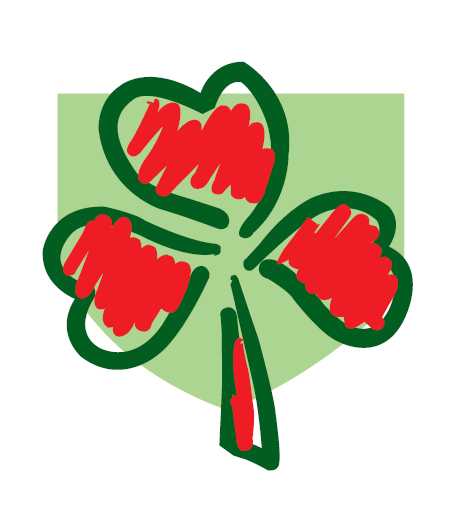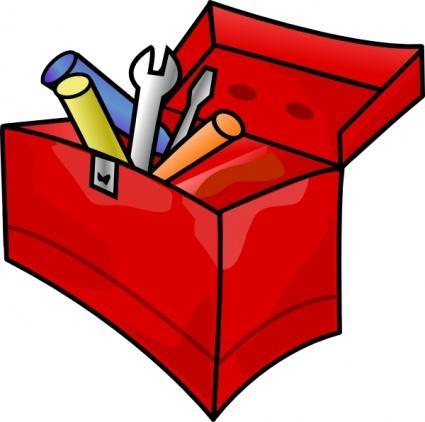Design & Technology

Design and Technology at Cloverlea
“Design is not just what it looks like and feels like. Design is how it works.” –Steve Jobs
“To design is much more than simply to assemble, to order, or even to edit: it is to add value and meaning, to illuminate, to simplify, to clarify, to modify, to dignify, to dramatize, to persuade, and perhaps even to amuse. To design is to transform prose into poetry.” –Paul Rand
Design and Technology at Cloverlea Primary School prepares children to deal with tomorrow's rapidly changing world. We encourage our children to become independent, creative problem solvers and thinkers as individuals and part of a team. Design and Technology enables children to identify needs and opportunities and to respond to them by developing a range of ideas and by making products and systems. Through the study of Design and Technology, they combine practical skills with an understanding of aesthetic, social and environmental issues, as well as functions and industry. This allows them to reflect on and evaluate past and present technology, it's uses and impacts.
Intent
It is the intent of Cloverlea Primary School for Design Technology to be taught in all year groups through at least one topic per term, which includes one topic relating to food. Design Technology projects are often made cross curricular - linking to other subjects taught.
Key objectives of intent within the Design Technology Curriculum based on the National Curriculum 2014 guidance :
- Products are to be made for a purpose.
- Individuality should be ensured in children’s design and construction of products.
- Delivery of the two strands: Designing and Making and Cooking and Nutrition.
- More emphasis to be given on creating ‘innovative’ products in KS2.
- Teaching the importance of making on-going changes and improvements during making stages.
- Looking into seasonality of ingredients and how they are grown, caught or reared.
- The introduction of computing and coding of products in KS2.
- Researching key events and individual designers in the History of Technology in KS2.
Aims
The national curriculum for Design and Technology aims to ensure that all pupils:
- develop the creative, technical and practical expertise need to perform everyday tasks confidently and to participate successfully in an increasingly technological world.
- build and apply a repertoire of knowledge, understanding and skills in order to design and make high-quality prototypes and products for a wide range of users
- critique, evaluate and test their ideas and products and the work of others
- understand and apply the principles of nutrition and learn how to cook.
Implementation
The teaching of Design Technology across the school follows the National Curriculum through the use of Design and Technology Association's 'Projects On A Page' documents. Children design products with a purpose in mind and an intended user of the products. Food technology is implemented across the school with children developing an understanding of where food comes from, the importance of a varied and healthy diet and how to prepare this.
Design and technology is a crucial part of school life and learning and it is for this reason that as a school we are dedicated to the teaching and delivery of a high quality Design and Technology curriculum; through well planned and resourced projects and experiences.
Design and Technology also embeds our Cloverlea values. It is an inspiring, rigorous and practical subject, requiring creativity, resourcefulness, and imagination. Pupils design and make products that solve real and relevant problems within a variety of contexts. It is very cross - curricular and draws upon subject knowledge and skills within Mathematics, Science, History, Computing and Art. Children learn to take risks, be reflective, innovative, enterprising and resilient. Through the evaluation of past and present technology they can reflect upon the impact of Design Technology on everyday life and the wider world.
Early Years Foundation Stage
During the EYFS pupils explore and use a variety of media and materials through a combination of child initiated and adult directed activities. They have the opportunities to learn to:
- Use different media and materials to express their own ideas
- Use what they have learnt about media and materials in original ways, thinking about form, function and purpose
- Make plans and construct with a purpose in mind using a variety of resources
- Develop skills to use simple tools and techniques appropriately, effectively and safely
- Select appropriate resources for a product and adapt their work where necessary
- Cook and prepare food adhering to good health and hygiene routines
Impact
Assessment of children's learning in Design Technology is an ongoing monitoring of children's understanding, knowledge and skills by the class teacher, throughout lessons. This assessment is then used to inform differentiation, support and challenge required by the children.
Summative assessment is conducted termly by class teachers across each year group of the school to inform the subject leader of progress or skills and knowledge still to be embedded. This is recorded on Itrack.
Design Technology is also monitored by the subject leader throughout the year in the form of book monitoring, looking at outcomes and pupil interviews to discuss their learning and understanding and establish the impact of the teaching taking place. EYFS pupils' progress and attainment is tracked using Itrack too, assessing whether each individual child is below expected, at expected or above expected attainment for their age.
Enrichment
JuniorSTEM - Lego Robotics Workshops
Children are given the opportunity to build fantastic Lego WeDo models then learn to program sensors, motors and lights to bring them to life. Nick Hawken from JuniorSTEM delivers whole day workshops and afterschool clubs for KS2 children.
These are the main DT objectives covered in the workshops:
Key Stage 2 Technical Knowledge
• build structures, exploring how they can be made stronger, stiffer and more stable
• explore and use mechanisms [for example, levers, sliders, wheels and axles], in their products.
Key Stage 2 DT Design
• apply their understanding of how to strengthen, stiffen and reinforce more complex structures.
• understand and use mechanical systems in their products [for example, gears, pulleys, cams, levers and linkages].
• understand and use electrical systems in their products.
• apply their understanding of computing to program, monitor and control their products.
Fun Food Chef - Cooking Workshop
Children are given the opportunity to learn about food and given the experience to prepare and cook a range of savoury dishes based on a topic being covered in class. Pat Oakes delivers the workshops for Year 2 and Year 6 and educates children on all aspects of food and nutrition, taken from the National Curriculum.

